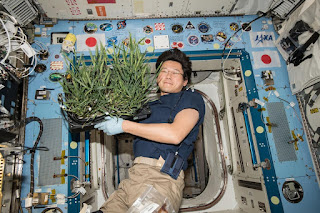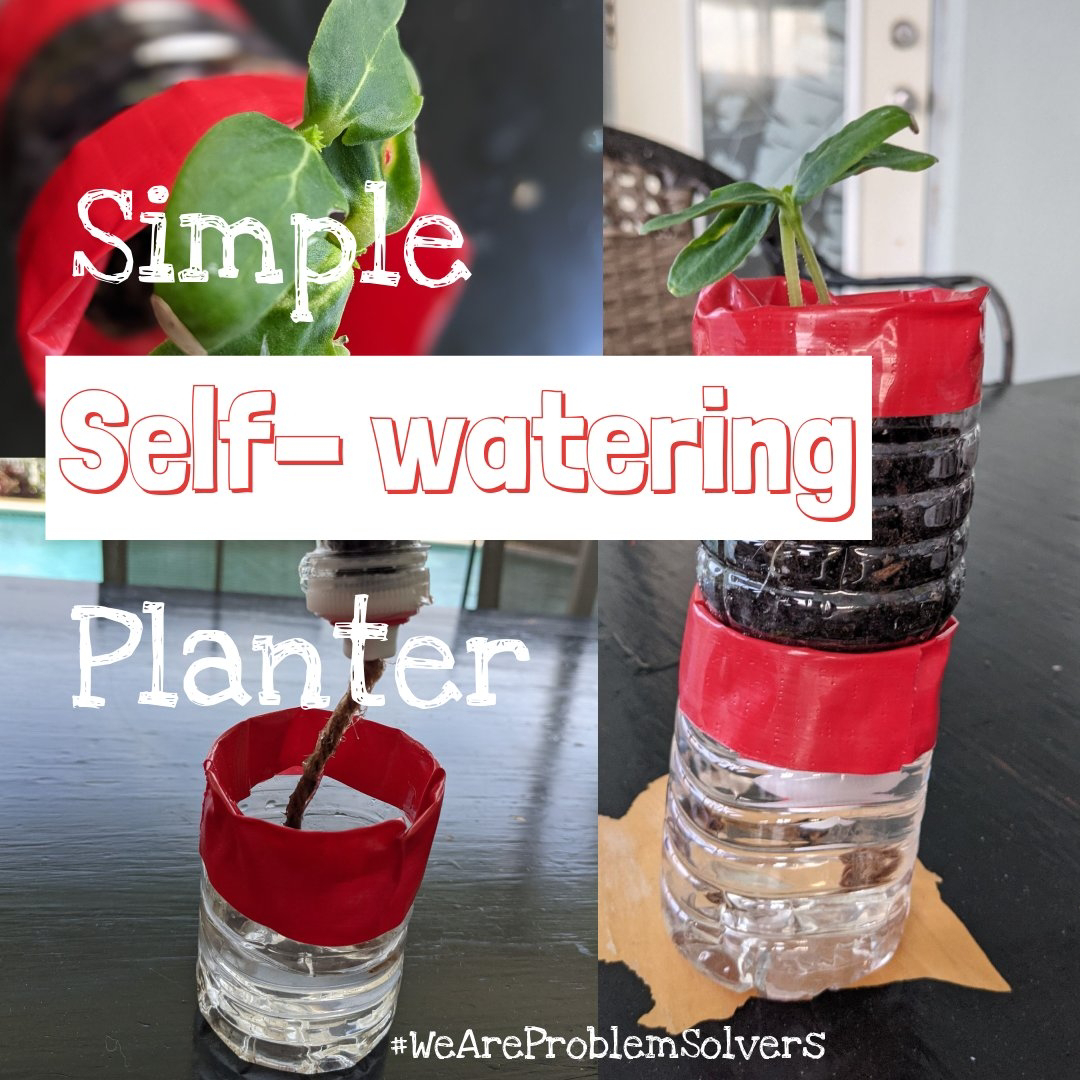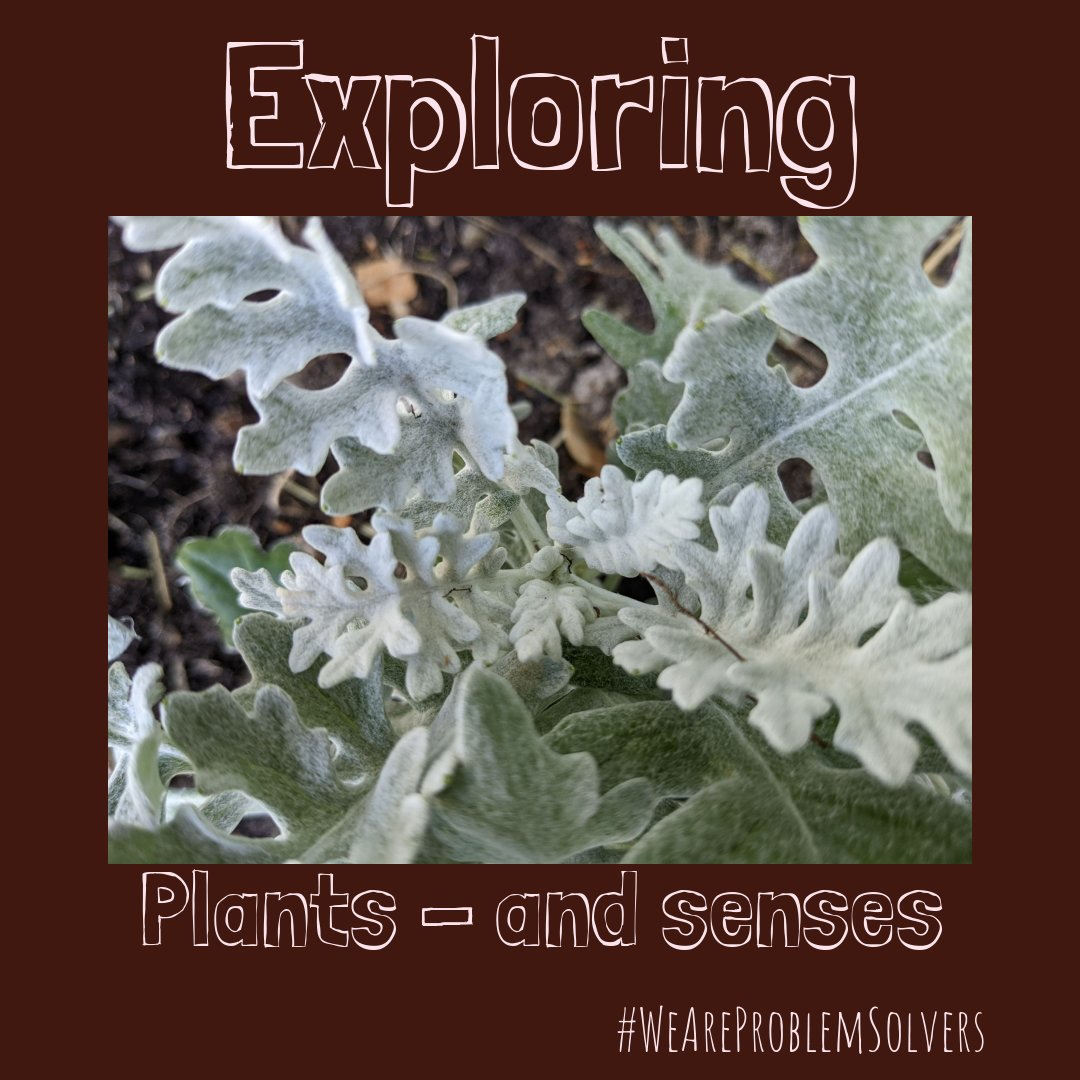How Plants Can Help Astronauts' Bones Stay Healthy
When people don’t eat enough calcium, their bones become
weak, it’s called osteoporosis. Here on Earth it usually only happens to people
when they get old, but in space it can happen to even the youngest astronauts.
If an astronaut spends 6 months in space, they usually lose
an average of 1.6% of their bone mass, some astronauts can lose up to 14% of
their bone mass. This makes it easier for them to break bones. Even eating a
lot of Calcium does not stop space osteoporosis. This is because in space,
the intestines are not able to absorb calcium as easily. Calcium that our
bodies can’t absorb in spaceflight can get stuck in our kidneys, which causes kidney
stones. What’s wrong with having kidney stones? They hurt!
Here is a photo of kidney stone crystals from urine, this
image was part of a study done by Astronaut Peggy Whitson.
Here on Earth, fiber helps us to digest calcium. Fiber is in plants. Eating plants that have a lot of calcium is good for our bones.
Here is a photo of Japanese Astronaut Norishige Kanai with dwarf wheat that he
grew on the International Space Station.
Calcium is easier for our bodies to take up when it has a
few vitamin friends to help out. Some of these are Potassium, Magnesium, Vitamin
D, Vitamin B9, and Vitamin K.
Here is a picture of a food scientist working on Calcium in
the Nutritional Biochemistry
Laboratory at NASA’s Johnson Space Center.
Here is a picture of Astronaut Christina Koch working on an experiment with kidney cells on the International Space Station.
One way astronauts make sure they don’t get kidney stones in space is to eat foods with potassium. We think of bananas when we think of eating potassium, but it’s hard to grow bananas in space. Space Crop Scientists have been testing other plants that have a lot of potassium. Microgreens have a lot of potassium, and they’re fun to eat! Here is a photo of a pile of radish microgreens that I grew and harvested.
Magnesium is important for both heart and bone health in
astronauts. When astronauts are in space for a long time, they use up their
magnesium, which makes it harder to use the calcium in their food. Taking
Magnesium as a vitamin pill in space does not work well, the body can’t use it.
So what food can an astronaut eat to get enough magnesium? Pumpkin seeds are
one of the foods we think of when we want to eat more magnesium. But what
happens when an astronaut is almost out of pumpkin seeds, and they’re too far
away from Earth to be sent more? They could plant one seed and grow a whole new
plant!
Here is a picture of the astronauts eating their breakfast
before getting on the Shuttle in October of 1989. There is a pumpkin carved
into a jack-o-lantern as their centerpiece on the table.
But pumpkins are so big and take a long time to grow, it
would be hard for an astronaut to grow a whole big pumpkin vine just to eat a
few pumpkin seeds. We need a crop that has a lot of magnesium but takes only a
little time to grow. Microgreens have a lot of magnesium, and they grow fast!
Here is a picture that I took of microgreens growing on a hemp mat.
When an astronaut doesn’t have enough vitamin D, their bones get soft. Vitamin D is found in fish and mushrooms. Other scientists are looking at growing mushrooms in space. But we might be able to add vitamin D to the fertilizer mix of plants, which can improve the plant’s growth. It may even be possible for the plants to take up that vitamin and store it for humans to eat.
Here is a picture of sunlight filtering through some leaves
at NASA’s Glenn Research Center.
Vitamin B9 helps the astronaut’s body to use and keep their
Calcium in their bones, too. When an astronaut doesn’t have enough Vitamin B9,
it becomes difficult to think clearly. But where can we find a food that has a
lot of B9? An astronaut can get this vitamin from eggs, but our astronauts
don’t have a refrigerator in their space kitchen. And eggs don’t last long
without a refrigerator. Wouldn't it be great for Astronauts to grow it themselves in space? Leafy greens all have a lot of Vitamin B9.
Here is a picture of prepackaged food from the Gemini
program in 1965. It includes dehydrated egg cubes.
Vitamin K helps the Calcium to stay in bones. Green leafy
vegetables have a lot of Vitamin K. Microgreens have even more vitamin K per
gram than full size greens, so you only need to eat a little handful of
microgreens to get a mega dose of nutrients.
Here is a picture of what microgreens might look like when
growing in the Advanced Plant Habitat, which is a plant growth chamber that is
currently on the International Space Station.
 |
If we produce a food source that contains
easily-incorporated bio-available calcium, the benefit to crew health may be
significantly more than from standard supplementation.
Here is a picture of Russian Cosmonaut Anton Shkaplerov, eating lettuce on the International Space Station.
Calcium is an important nutrient for both humans and plants. We've talked a lot about how Astronauts use these nutrients, but what about plants? When plants don't have enough calcium, cell walls disintegrate, causing plant tissue to collapse and they are more likely to get sick. Potassium is a necessary macronutrient for plants, and they can’t survive without it. Magnesium is found at the center of every chlorophyll molecule. This means that a plant can’t harvest sunlight without it. When plants don’t have enough magnesium they move it from their old leaves to new growth, so the new leaves will look healthy but the older leaves will turn yellow. Vitamin D isn’t usually provided to plants, and they cannot make it themselves, but when it is included in fertilizer, their root systems become healthier. We’d like to test this more. Plants require Vitamin B9 to perform basic metabolic processes. Vitamin K is an electron acceptor within a plant’s photosynthetic mechanism. Without both Vitamin B9 and Vitamin K, a plant will not be able to process the nutrients it needs to grow.
We have so much more we can learn about growing plants in space.
Here is a picture of Astronaut Jessica Meir on the International Space Station harvesting Mizuna Mustard greens.
Most of the images in this journal entry can be found in the NASA
Image Archives. https://images.nasa.gov/
Papers You Might Want to Read:
Cooper, M.R. 2013. Initial nutritional quality of ISS space food provisions. NASA HRP Investigator's Workshop, Galveston, TX.
Desai, Manav, 2019. How does Vitamin D effect root plant growth? California Science and Engineering Fair. J1806. https://csef.usc.edu/History/2019/Projects/J1806.pdf
Heer, M., N. Kamps, C. Biener, C. Korr, A.
Boerger, A. Zittermann, P. Stehle, C. Drummer. 1999. Calcium metabolism in
microgravity. European Journal of Medicinal Research 4: 357-360.
Hirschi, K.D. 2004. The calcium conundrum. Both
versatile nutrient and specific signal. Plant Physiology 136: 2438-2442.
Johnson, C.M., A. Subramanian, S. Pattathil, M.J. Correll, J.Z. Kiss. 2017. Comparative transcriptomics indicate changes in cell wall organization and stress response in seedlings during spaceflight. American Journal of Botany (in press).
Kou, L., Yang, T., Luo, Y., Liu, X., Huang, L., & Codling, E. 2014. Pre-harvest calcium application increases biomass and delays senescence of broccoli microgreens. Postharvest biology and technology, 87: 70-78.
Douglas, T. Sirmons. 2015. Selection of leafy green vegetable varieties for a Pick and Eat diet supplement on ISS. ICES-2015-252.
Smith, S.M., S.R. Zwart, G. Block, B.L. Rice,
J.E. Davis-Street. 2005. The nutritional status of astronauts is altered after
long-term space flight aboard the international space station. Journal of
Nutrition 135: 437-443.
Smith, S.M., S.R. Zwart. 2015. Magnesium and space flight. Nutrients 7: 10209-10222.
Wheeler, R.M., C.L. Mackowiak, J.C. Sager, W.M.
Knott, W.L. Berry. 1996. Proximate composition of CELSS crops grown in NASA’s
biomass production chamber. Advances in Space Research 18: 43-47.













Comments
Post a Comment